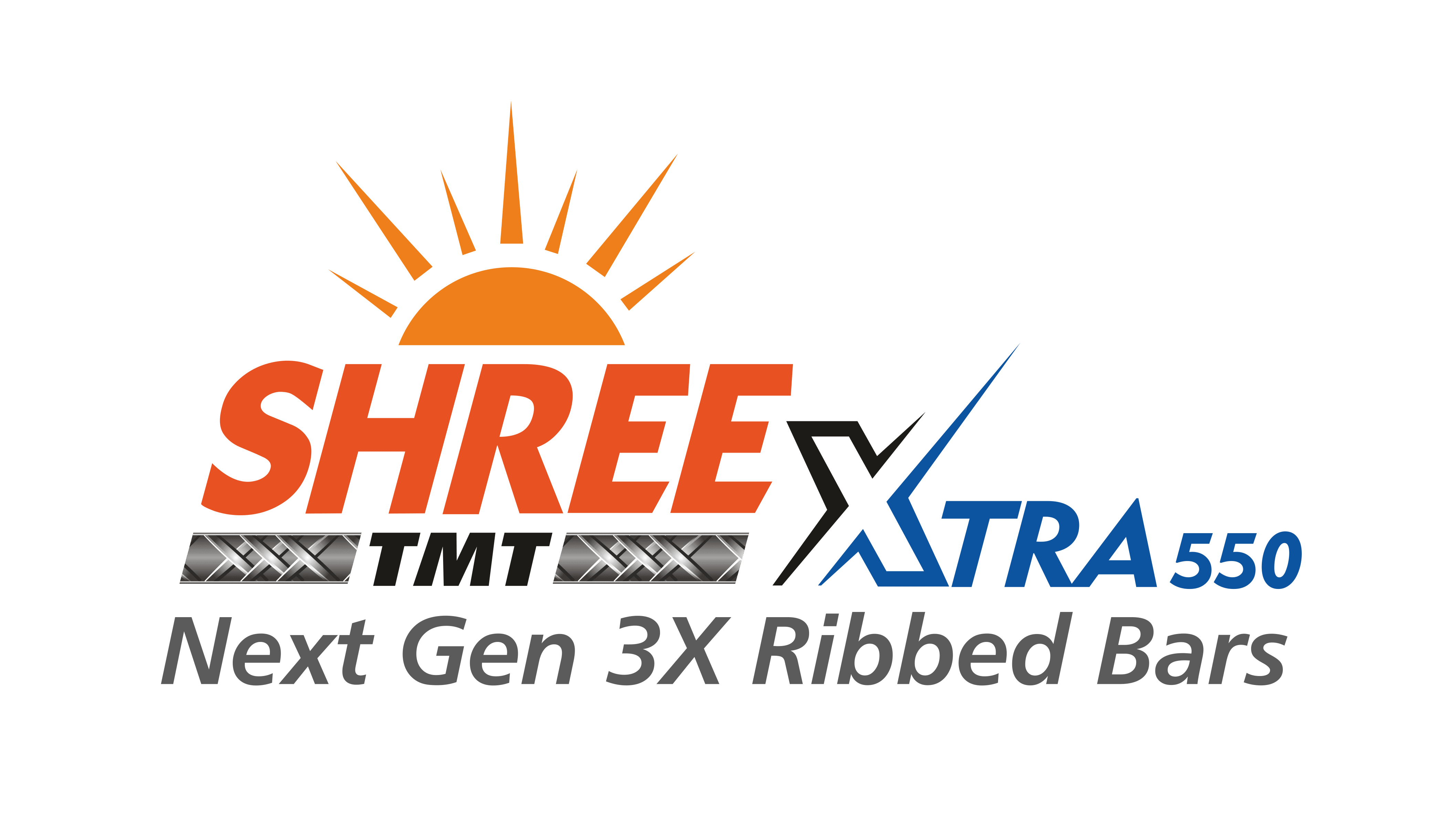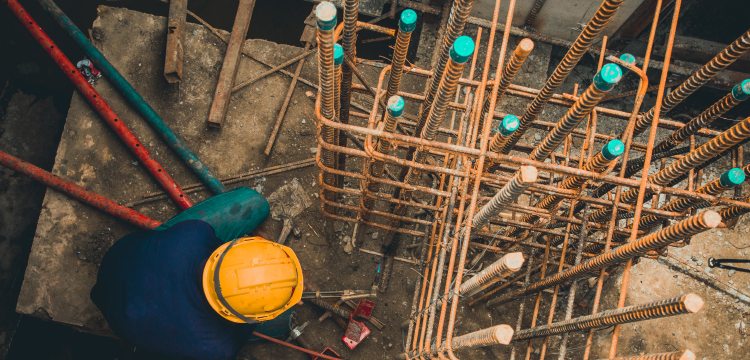Understanding Stirrups: The Backbone of Reinforced Concrete Structures
In the world of construction and structural engineering, every component plays a crucial role in ensuring the safety and stability of buildings. One such essential element is the stirrup. This comprehensive guide will explore what stirrups are, their benefits, and the various types used in modern construction.
What Are Stirrups
Stirrups are closed loops of reinforcing steel used in concrete beams, columns, and other structural elements. These loops are typically made from high-quality TMT (Thermo-Mechanically Treated) bars and are placed perpendicular to the main reinforcement. Their primary function is to resist shear forces and prevent shear failure in concrete structures.
Benefits of Stirrups
- Shear Strength Enhancement: The primary benefit of stirrups is their ability to significantly increase the shear strength of concrete members. By distributing shear stresses, they prevent sudden and catastrophic failures.
- Improved Stability: Stirrups provide lateral support to the main reinforcement bars, enhancing the overall stability of the structure.
- Crack Control: By limiting the width and spread of cracks, stirrups help maintain the structural integrity and appearance of concrete elements.
- Load Distribution: Stirrups assist in evenly distributing loads throughout the structure, reducing stress concentrations.
- Confinement of Concrete: In columns, stirrups confine the concrete core, increasing its compressive strength and ductility.
- Durability: By controlling cracking and enhancing overall structural performance, stirrups contribute to the longevity of buildings.
Types of Stirrups
- Rectangular Stirrups: The most common type, used in rectangular beams and columns. They provide uniform shear resistance along the member’s length.
- Circular Stirrups: Used in circular columns, these stirrups offer excellent confinement of the concrete core.
- Spiral Stirrups: A continuous coil of reinforcement used in circular columns, providing superior confinement and ductility.
- Single-Leg Stirrups: Used in shallow beams or where space is limited. They’re often combined to form closed stirrups.
- Inclined Stirrups: Placed at an angle to the main reinforcement, these are effective in resisting diagonal tension in beams.
- Closed Stirrups: Fully enclosed loops that provide maximum shear resistance and confinement.
- Open Stirrups: U-shaped stirrups used in special cases where closed stirrups are impractical.
Proper Design and Installation
The effectiveness of stirrups depends on their proper design and installation. Factors to consider include:
- Spacing: Stirrups must be spaced appropriately to provide adequate shear resistance.
- Size: The diameter of the stirrup should be selected based on the structural requirements.
- Anchorage: Proper anchorage ensures that stirrups can develop their full strength.
- Cover: Adequate concrete cover protects stirrups from corrosion and fire damage.
Stirrups are indispensable components in modern construction, playing a vital role in ensuring the safety, stability, and longevity of concrete structures. By understanding the various types and benefits of stirrups, engineers and builders can make informed decisions to create stronger, more durable buildings.
At Shree TMT, we pride ourselves on producing high-quality TMT bars suitable for all types of stirrups. Our commitment to excellence ensures that your structures are built with the best reinforcement available, providing peace of mind and long-lasting performance.

